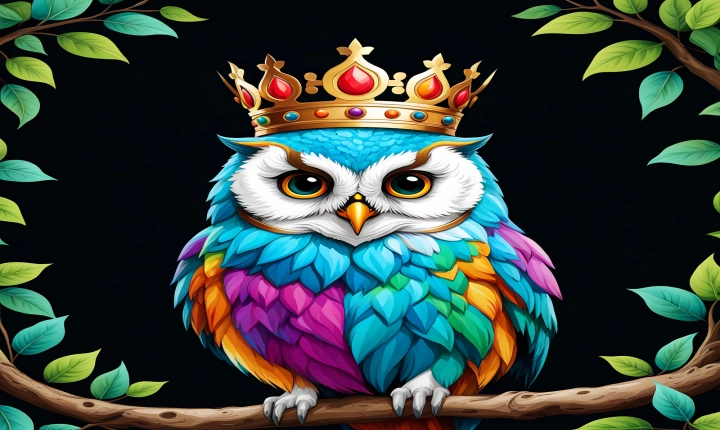“Did AI Write This? The Rise of AI-Generated Content”
In recent years, the development of artificial intelligence (AI) has reached a point where it can create amazingly sophisticated content that is almost indistinguishable from human-generated material. This has led to a wave of AI-generated articles, stories, and even music compositions that are making their way into the mainstream.
The question on everyone’s mind is, “did AI write this?” The answer is, in many cases, yes. A growing number of platforms and companies are utilizing AI to produce content at a scale and speed that was previously impossible. From news articles and marketing copy to poetry and short stories, AI is increasingly being used to generate diverse types of content.
So, how does AI actually write? The process varies based on the specific technology and platform being used, but in general, it involves training the AI on a massive amount of existing human-generated content. This training enables the AI to learn and replicate the style, tone, and patterns of human writing. Once trained, the AI can then be given a prompt or topic, and it will generate content based on the information it has learned.
While the ability of AI to produce high-quality content is impressive, it also raises important questions and concerns. One of the most pressing issues is the potential for AI-generated content to be used to spread misinformation or propaganda. As AI becomes more sophisticated, it may become increasingly challenging to discern AI-generated content from human-generated content, leading to a proliferation of fake news and disinformation.
Another concern is the impact of AI-generated content on the job market. As AI becomes more capable of writing articles, stories, and other forms of content, it could threaten the livelihoods of human writers and content creators. This shift in the job market raises ethical and economic questions about the implications of AI-generated content.
Despite these concerns, there are also numerous potential benefits to the rise of AI-generated content. For example, AI could be used to create personalized content at scale, such as tailored news articles or product recommendations based on individual preferences. Additionally, AI-generated content could be used to supplement human creativity, providing inspiration and ideas that human creators can build upon.
As AI-generated content becomes more prevalent, it’s crucial for individuals and organizations to critically evaluate the source and authenticity of the content they encounter. Developing tools and strategies to identify AI-generated content will be essential in combating the spread of misinformation and maintaining trust in the content we consume.
In conclusion, the rise of AI-generated content has the potential to significantly impact the way we consume and create written material. While the technology presents exciting opportunities, it also comes with important challenges and ethical considerations. The question “did AI write this?” will continue to be relevant as AI continues to evolve and integrate into our daily lives. As we navigate this new landscape, it’s essential to approach AI-generated content with a critical eye and a thoughtful consideration of its implications.
